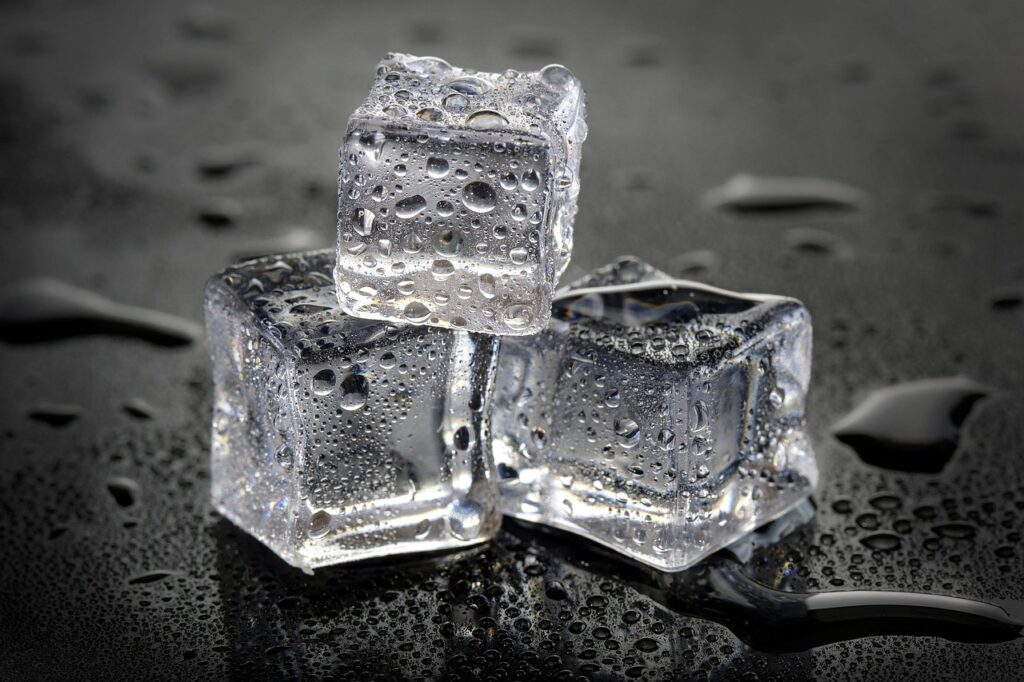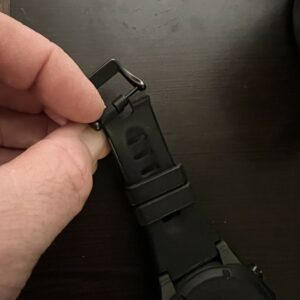
The Icy Valve Riddle

The Mystery of the Icy Dive Tank Valve on a Sizzling Summer Day! ☀️🧊
Ever been at the dive shop, maybe getting your tank prepped for servicing, and noticed something wild? Even with the sun beating down and the mercury soaring, sometimes you’ll see a layer of ice forming right on the cylinder valve as it’s being emptied! What gives? Is it magic? A tiny, localized winter wonderland?
You may have heard a theory or two, perhaps even that “the sun’s exposure makes the valve cold.” (Sounds a bit like saying jumping in a pool makes you dry, right? 😉)

So, What's the Real Scoop?
The truth is, the sun’s got nothing to do with it! In fact, the sun would be trying to warm things up. The real reason for that surprising ice formation is all about rapid air release from the cylinder.
Here’s the quick and cool science:
Inside your dive tank, the air is packed in super tight under high pressure. When that air is released quickly through the valve, it expands really fast. This rapid expansion causes a sudden and significant drop in temperature around the valve. Think of it like a mini, super-fast air conditioner right there on your tank! This blast of cold air instantly chills the valve, causing the moisture in the surrounding warm, humid air to condense and then freeze solid, creating that frosty layer.
So, next time you see ice on a valve in July, you’ll know it’s not the sun playing tricks, but rather a cool scientific phenomenon in action! Stay curious, and happy diving!
Where did you see this before? In real life, or was it perhaps a question on a Divemaster exam (because it may be wrong!)?
For more information on the Joule-Thomson Effect, see here!









